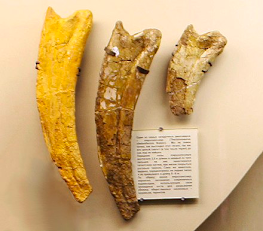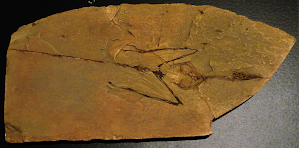Fossil Friday #6 - Therizinosaurus

A typical Theropod dinosaur fits a rather uniform description. They mostly had large skulls, relatively small forelimbs, and were the apex predators in most of the niches that they filled. However, like most trends in the natural world, there were exceptions. Perhaps the most extraordinary of these exceptions were the herbivorous Therizinosaurs, and more specifically the infamous Therizinosaurus cheloniformis . Therizinosaurus has etched its way into popular culture of late, being one of the star dinosaurs in the latest installment of the Jurassic World franchise, and getting its own segment in the well-received Prehistoric Planet docuseries. It has quickly become one of the most iconic dinosaurs in mainstream media, however, it is easy to forget that it has actually been known about for quite some time, as the first specimen was named in 1954. Discovered by a team of Soviet geologists in one of the most important dinosaur fossil sites in the world, the Late Cretaceous Nemegt Formati
